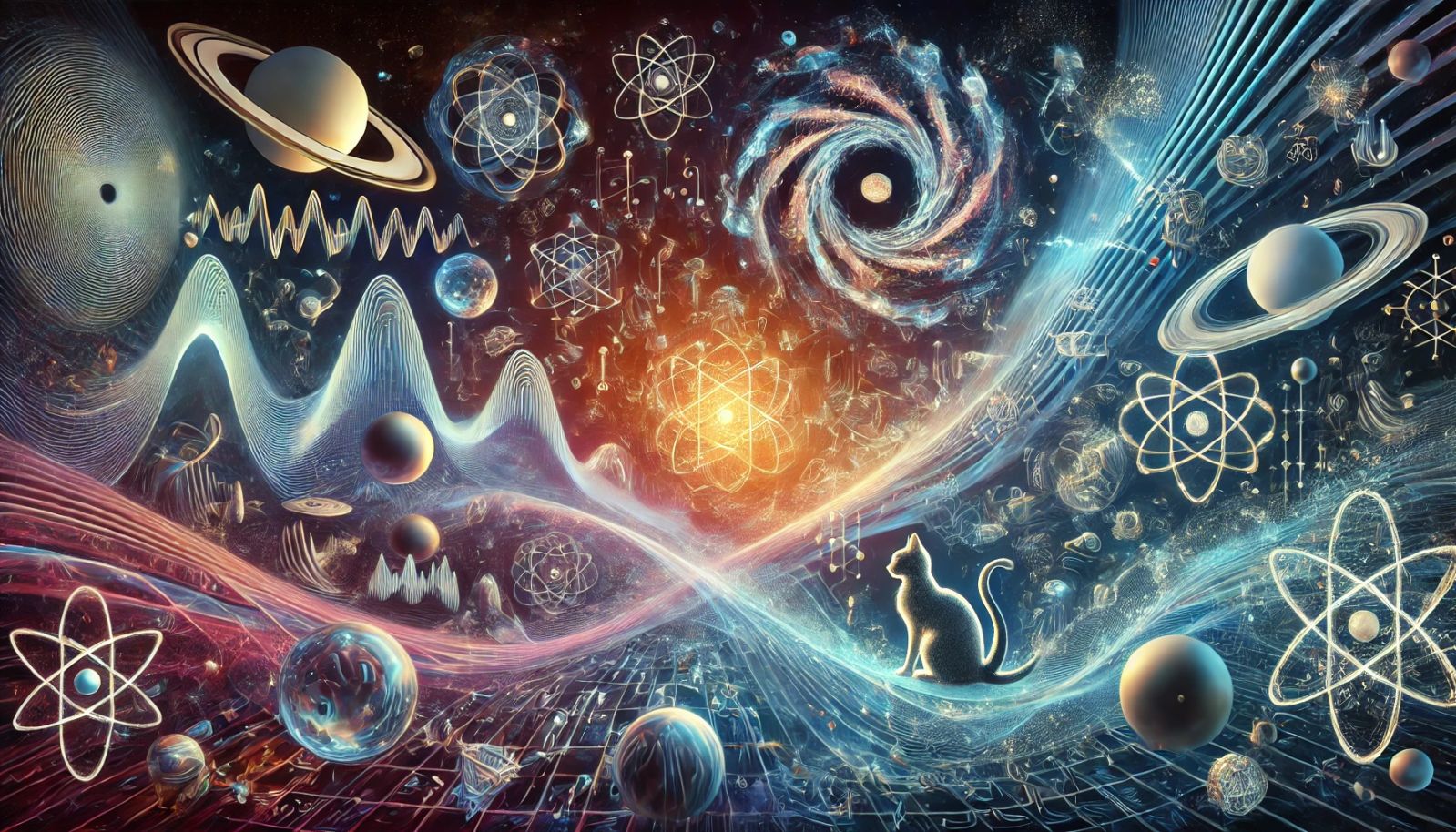How does the classical world emerge from quantum mechanics? ⚛️
Follow us on Google News (click on ☆)
The foundations of quantum mechanics are based on the Schrödinger equation, which describes the evolution of quantum systems. However, the transition between the quantum world and the classical world remains a mystery. This transition, often called "wave function collapse," has been at the heart of scientific debates for decades.

The Copenhagen interpretation suggests that the wave function collapses into a definite state upon measurement. However, this view is challenged by alternative theories such as the many-worlds interpretation. The latter proposes that each measurement creates a branching of the Universe, where all possible outcomes coexist.
Philipp Strasberg and his team at the Autonomous University of Barcelona explored this idea through numerical simulations. Their work, published in Physical Review X, shows that quantum interference effects disappear rapidly at large scales. This explains why we observe a stable classical world.
The researchers simulated the evolution of complex quantum systems, including up to 50,000 energy levels. Their results show that stable macroscopic structures, corresponding to "Universe branches," emerge naturally without requiring specific initial conditions. This discovery reinforces the idea that the classical world is an inevitable consequence of quantum mechanics.
In connection with statistical mechanics, the team also observed that some Universe branches lead to an increase in entropy, while others cause its decrease. These branches could possess opposite arrows of time, opening new perspectives on the nature of time.
This work paves the way for a better understanding of the transition between quantum and classical worlds. It suggests that the emergence of a structured and ordered world is a fundamental property of quantum mechanics, independent of microscopic details.
What is the wave function in quantum mechanics?
The wave function is a central concept in quantum mechanics. It describes the state of a quantum system and contains all the information needed to predict measurement outcomes.
Mathematically, the wave function is a solution to the Schrödinger equation. It is often represented by the Greek letter psi (ψ) and depends on spatial coordinates and time.
The wave function allows calculating the probability of finding a particle in a given region. This probability is proportional to the square of the wave function's amplitude, according to Born's rule.
However, the exact nature of the wave function remains subject to debate. Some interpretations consider it a real entity, while others see it as a mathematical tool.
How does the many-worlds theory explain the collapse of the wave function?
The many-worlds theory, proposed by Hugh Everett III, offers an alternative to the Copenhagen interpretation. It suggests that the wave function never collapses but branches at each measurement.
In this view, each possible outcome of a measurement corresponds to a parallel universe. Thus, all quantum states coexist in distinct branches of the Universe.
This theory eliminates the need for an observer to trigger the collapse of the wave function. It proposes a deterministic vision of quantum mechanics, where each quantum event creates new realities.
Although appealing, this theory raises questions about the nature of these parallel universes and their observability. Recent work, such as that of Strasberg, attempts to clarify these aspects.